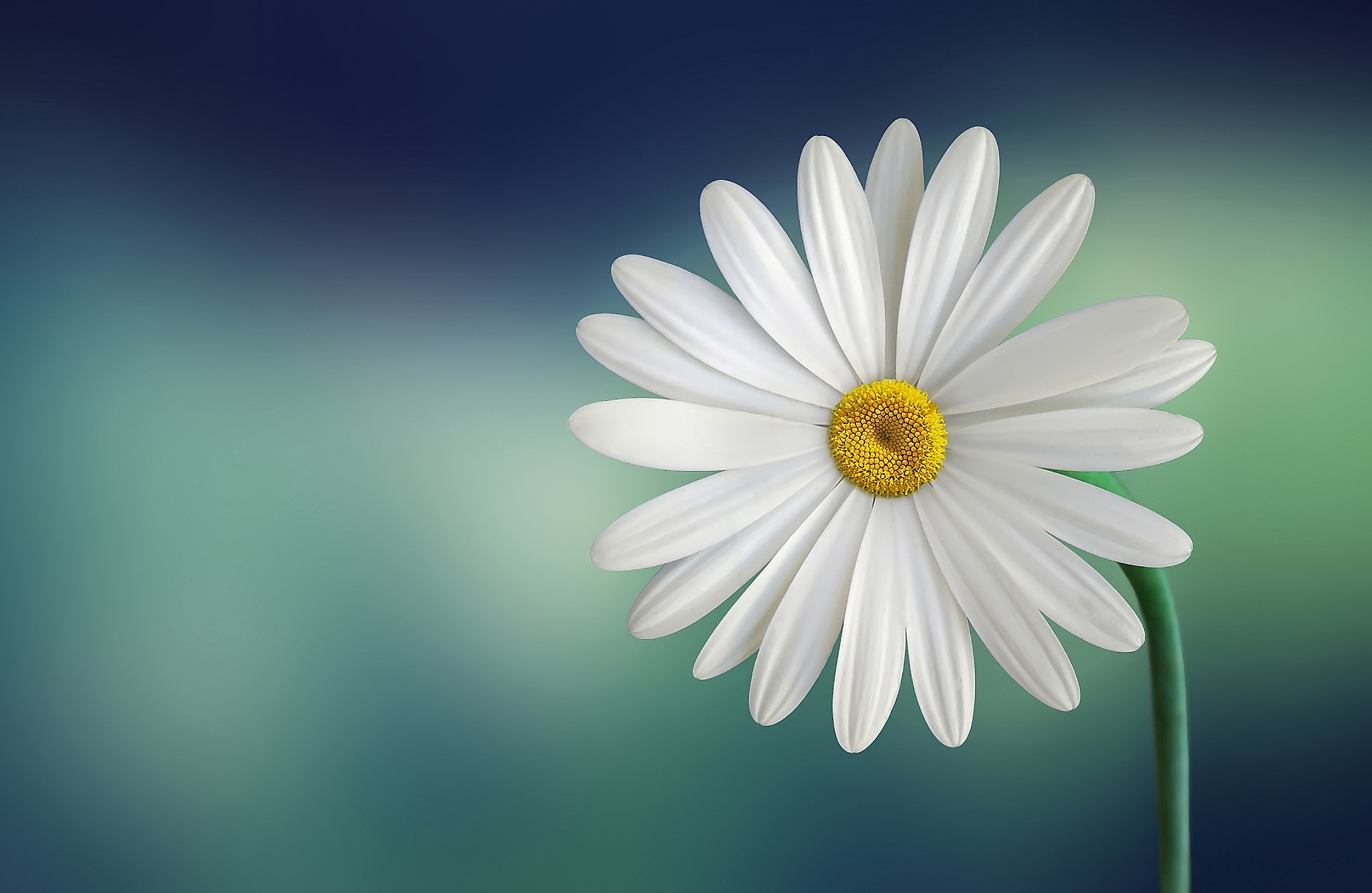Beyond the clouds, the sky is always clear. Similarly, most diamonds have flaws known as cloud inclusions, which reduce the clarity of the otherwise precious crystal and limit its brilliance or shine. A diamond is the most concentrated form of pure carbon on Earth, and the flaws are often hard to detect with the naked eye.
The human mind also has subtle clouds that obstruct mental clarity. In psychology, these are known as cognitive biases or heuristics - patterns of flawed shortcuts in the brain.
This episode explores some of the most interesting distortions that block clear thinking. By cutting through these clouds, we can naturally illuminate the mind and let the light of knowledge shine through us.
(Episode artwork by Dove Dahlia)






